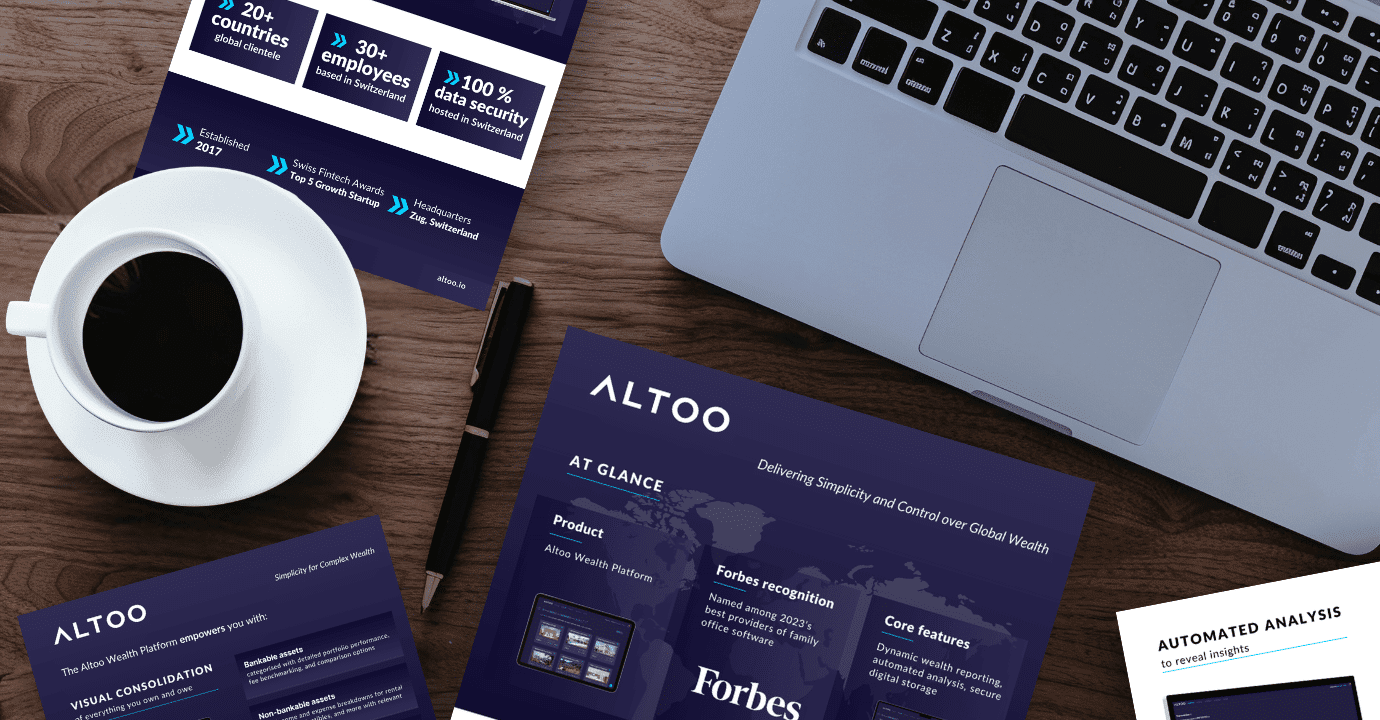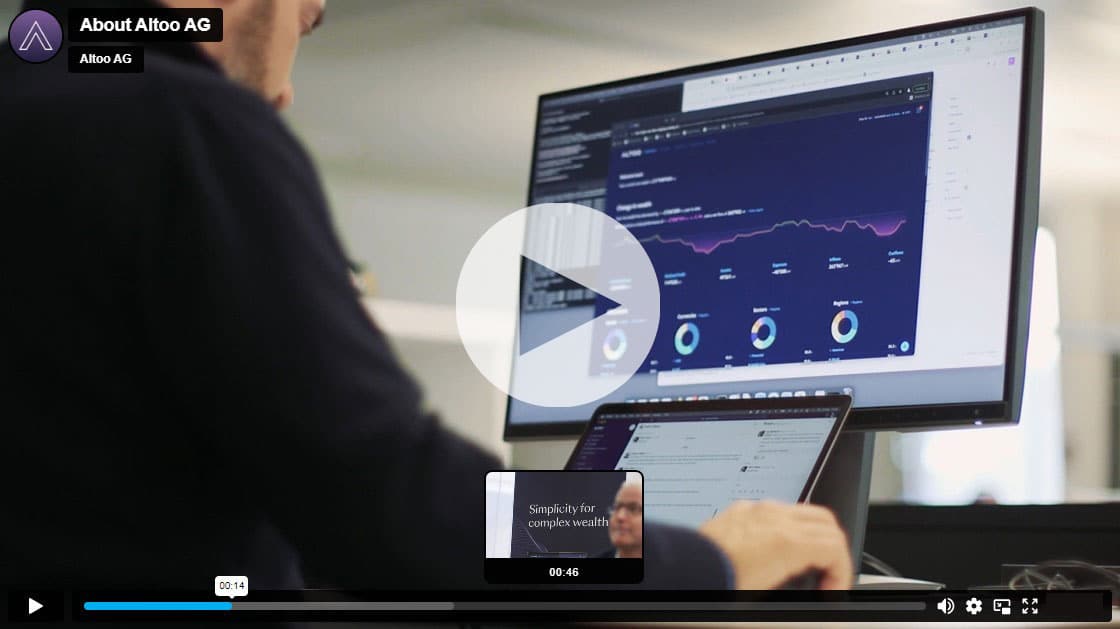The Old Playbook No Longer Applies
Traditional wealth relocation followed a simple pattern. You moved to Geneva, so you moved your assets to Geneva. You established residency in Monaco, so you consolidated your banking relationships there. Geography determined custody. Your wealth lived where you lived.
That model has collapsed. Today’s mobile UHNWIs don’t relocate all their wealth — they layer jurisdictions on top of existing arrangements. For example, an individual who establishes Dubai residency for tax efficiency might maintain Swiss banking relationships, keep a London property portfolio, and continue handling US equities through New York advisors. He isn’t replacing his geographic footprint. He is expanding it.
Why? Because decades-old custody relationships represent trust built over time. Because certain jurisdictions offer specific advantages that don’t exist elsewhere. Because estate planning vehicles can’t simply be packed up and moved. Because real estate, by definition, stays put. Because specialised investment managers won’t relocate just because a client does.
When Complexity Multiplies
This jurisdictional layering creates compounding complexity. Each new jurisdiction brings its own reporting standards, regulatory framework, currency considerations, and communication protocols. More critically, it often involves advice from new specialists who must coordinate with existing ones.
Your Wealth, Our Priority: Altoo's Consolidation Power, Secure Document Management, and Seamless Stakeholder Sharing for High Net Worth Individuals. Preview Platform.
Consider the data: Capgemini’s 2024 World Wealth Report found that UHNWIs increased their wealth management relationships from an average of three in 2020 to seven in 2023. Seven different institutions, potentially across seven different jurisdictions, each operating on their own schedule and according to their own internal standards.
The owner of distributed wealth might now juggle quarterly reports from Switzerland, monthly property updates from London, real-time trading notifications from New York, and annual valuations from Dubai. All this information arrives at different times and in different formats, requiring reconciliation to understand total position, aggregate performance, and overall risk exposure.
And at the personal level, getting your Swiss private banker, Dubai tax specialist, London solicitor, and US estate planner aligned on a single strategic decision becomes a logistical exercise in time zones and communication channels. Information silos emerge not by design but by default, as each advisor operates within their own institutional and jurisdictional bubble.
The Infrastructure Gap
Traditional wealth management infrastructure was built for a world where proximity mattered. Client, banker, and assets existed in the same geography. Quarterly review meetings happened in person. Documents lived in filing cabinets at the private bank or solicitor’s office. Communication occurred through established local channels.
That infrastructure breaks when the client moves but the wealth doesn’t. How do you maintain real-time visibility into positions held across multiple continents? How do you ensure your Dubai-based advisor understands your Swiss custody arrangements? How do you access critical documents when they’re stored in three different countries with three different legal frameworks?
Not with manual workflows and spreadsheets. They can’t keep pace with real-time market movements across global portfolios. Email chains fail to provide secure, auditable communication across distributed advisory teams.
Technology as Connective Tissue
The mobile UHNWI reality demands purpose-built infrastructure designed for geographic distribution from the ground up. When assets, advisors, and principals exist across multiple jurisdictions, consolidated visibility transforms from nice-to-have to operational necessity. Think of it as connective tissue that allows distributed wealth to function as a coherent whole.
The right infrastructure enables real-time visibility across all holdings wherever they are, secure communication channels that work across jurisdictions and time zones, and consolidated analysis that accounts for multiple currencies and asset types.
The Altoo Wealth Platform addresses this distributed reality through automated aggregation, of data on bankable and non-bankable wealth across multiple sources, automated analysis that delivers insights across complex multi-jurisdictional portfolios, and intelligent alerts that monitor deviations, changes, and opportunities across all holdings regardless of custody location.
Schedule a demo to learn more about how Altoo enables clarity across distributed wealth.









